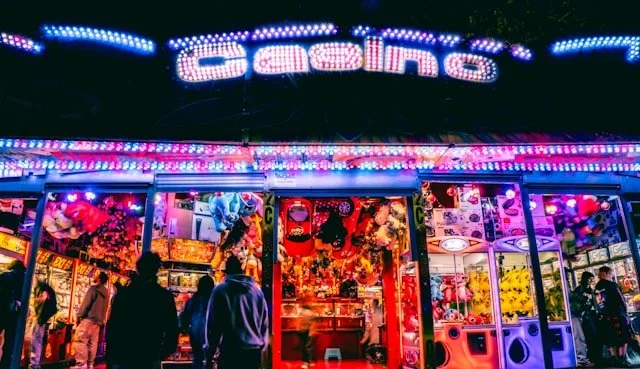It was probably because of my background that hymns never felt boring or old or stodgy to me. I grew up in a megachurch where we sang the popular fare of choruses of the day, not hymns. “Awesome God,” “As the Deer,” and “Shout to the Lord” were the songs of my childhood.
It was in college, then, that I really experienced hymns for the first time. They felt so fresh and different from what I grew up with. I attended an historic Congregational church replete with eighteenth century pews, an organ, and a hymn board (some of you knew exactly what hymns were being sung just by their numbers, didn’t you?). It was there that I began to learn of the rich treasure trove of hymns the church had been blessed with by centuries of saints.







